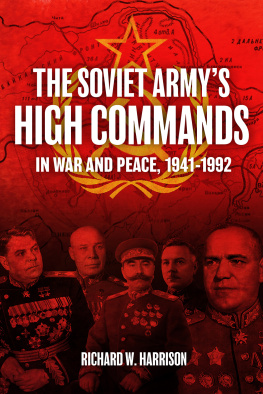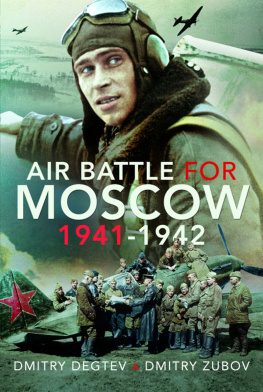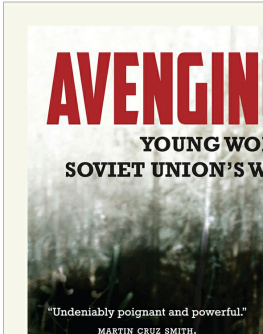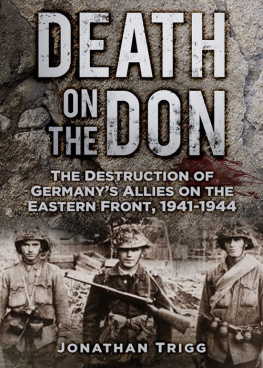Lev Lopukhovsky - The Viazma Catastrophe, 1941: The Red Armys Disastrous Stand against Operation Typhoon
Here you can read online Lev Lopukhovsky - The Viazma Catastrophe, 1941: The Red Armys Disastrous Stand against Operation Typhoon full text of the book (entire story) in english for free. Download pdf and epub, get meaning, cover and reviews about this ebook. year: 2013, publisher: Helion and Company, genre: History. Description of the work, (preface) as well as reviews are available. Best literature library LitArk.com created for fans of good reading and offers a wide selection of genres:
Romance novel
Science fiction
Adventure
Detective
Science
History
Home and family
Prose
Art
Politics
Computer
Non-fiction
Religion
Business
Children
Humor
Choose a favorite category and find really read worthwhile books. Enjoy immersion in the world of imagination, feel the emotions of the characters or learn something new for yourself, make an fascinating discovery.

- Book:The Viazma Catastrophe, 1941: The Red Armys Disastrous Stand against Operation Typhoon
- Author:
- Publisher:Helion and Company
- Genre:
- Year:2013
- Rating:3 / 5
- Favourites:Add to favourites
- Your mark:
The Viazma Catastrophe, 1941: The Red Armys Disastrous Stand against Operation Typhoon: summary, description and annotation
We offer to read an annotation, description, summary or preface (depends on what the author of the book "The Viazma Catastrophe, 1941: The Red Armys Disastrous Stand against Operation Typhoon" wrote himself). If you haven't found the necessary information about the book — write in the comments, we will try to find it.
REVIEWS
Viazma was the nadir of the Red Armys performance during Operation Barbarossa. Lopukhovskys painstaking research in hitherto unavailable archival sources exposes weaknesses from the high command to the rifle platoons. The author demonstrates as well the structural weaknesses that underlay the USSRs military shortcomings, and he memorializes the soldiers whose blood paid for errors too long obscured by neglect and cover-ups. Dennis Showalter, Colorado College, author of Armor and Blood: The Battle of Kursk, The Turning Point of World War II Lopukhovskys account of the battle of Viazma is masterful. The sheer detail and expert analysis reflects the 41 years he spent researching and writing it. David Stahel, author of Operation Typhoon: Hitlers March on Moscow, October 1941 and Kiev 1941. The level of detail is staggering and the accompanying maps and tables add a degree of clarity rarely enjoyed in a book of this complexity. Stuart Britton who has undertaken the translation of this book from its original Russian is to be commended for another outstanding endeavour an outstanding book and a highly recommended addition to those seeking to expand their understanding of the challenges that the Soviets struggled with in trying to contain the German Typhoon of 1941. It is a sobering and humbling rendition of the sacrifice of the Russian soldier and the dysfunction of their leadership. Global War Studies This gem of a book, a detailed and accurate expos of what actually took place at Viazma, is the product of a prolonged struggle to overcome Soviet censorship. The results is a graphic, balanced, accurate, and sometimes poignant study of the long-concealed October tragedy at Viazma Finally provides essential details about one of the longest lasting blank chapters in the record of the 20th centurys most brutal and costly war. It is a must read for those interested in the Soviet-German War, in particular, and military history in general. a remarkable work which took the author more than forty years to research and write Until there are more archival materials made available, Lopukhovskys exhaustive study will remain the final word on the Soviet experience at Viazma. War in History The Russian Review
Lev Lopukhovsky: author's other books
Who wrote The Viazma Catastrophe, 1941: The Red Armys Disastrous Stand against Operation Typhoon? Find out the surname, the name of the author of the book and a list of all author's works by series.









